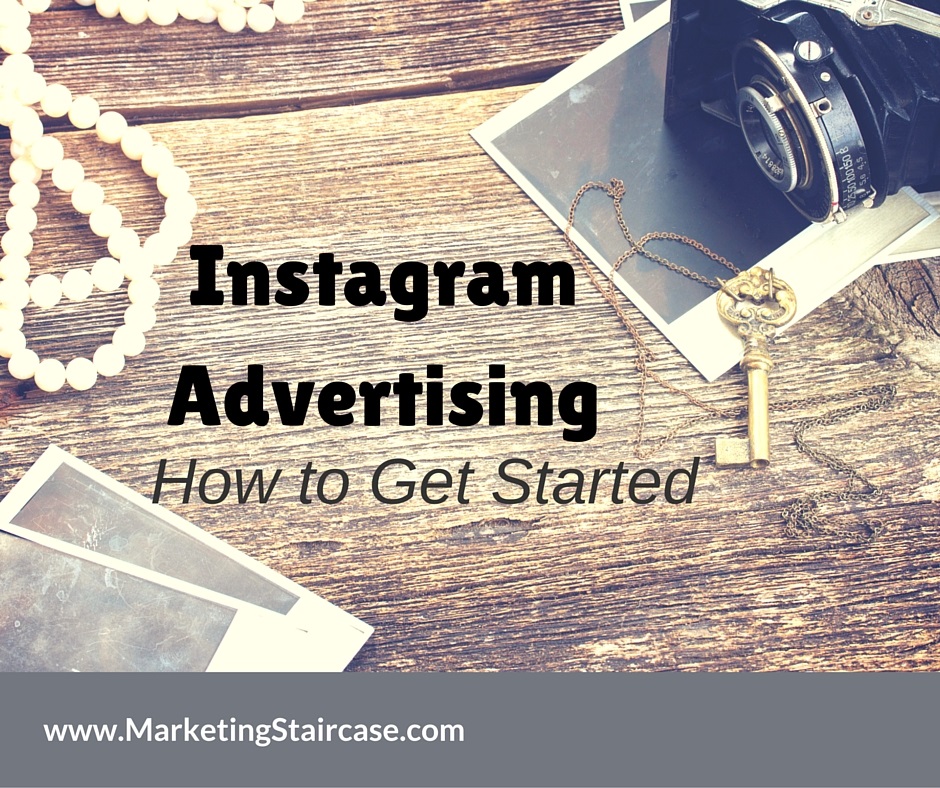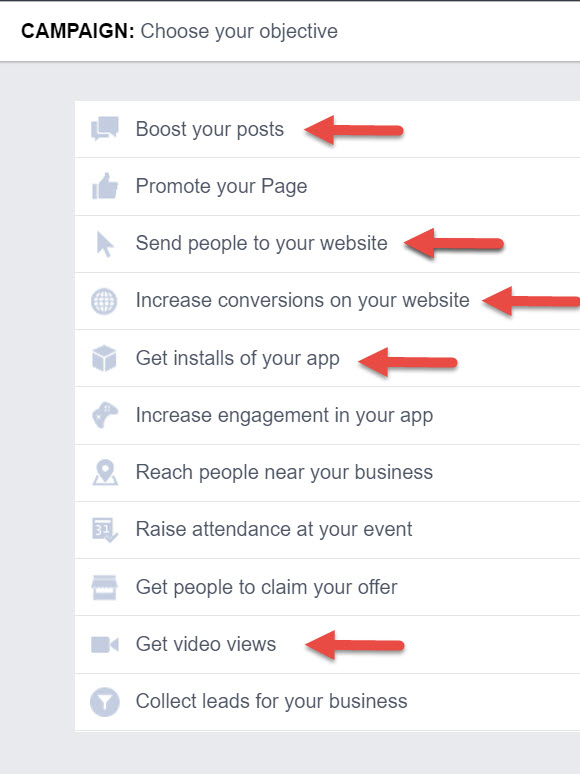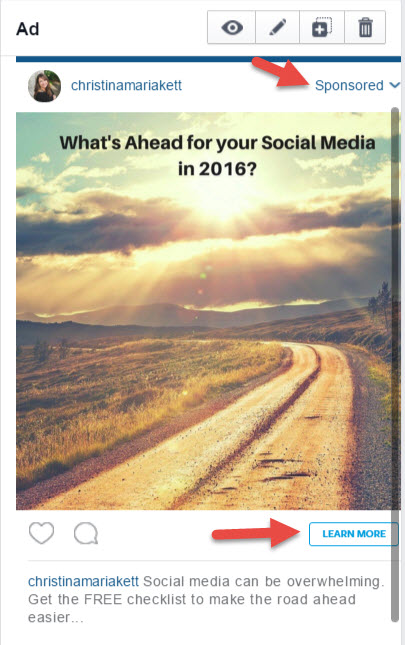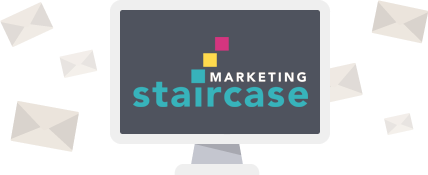With over 400 million users, it’s no surprise that Instagram is generating curiosity from businesses, and if you have a visual product, you should be curious too. I recently ran a Facebook vs Instagram Advertising Challenge that produced surprising results. I ran the same ad on both platforms, targeting the same audience, and running it on the same days, for the same amount of time, with the same budget, and with all the other settings the same. Both ads directed users to a landing page where they could download a free guide and join my email list. The results were similar in terms of reach and click thru rate, but the surprising difference was that I converted 11 people with the Instagram ad and one (just one!) with the Facebook ad. Hmmmmm ….
If anyone else out there has done a similar challenge, I’d love to hear if you got similar results. But if you’re new to Instagram advertising, here is a short how-to to help you get started, followed by some tips for getting the most out of your Instagram ads.
Getting started with Instagram Ads
First, you must have an account (Page) on Facebook to run Instagram ads. If you haven’t already linked your Instagram account with your Facebook page, you will need to link up the two accounts during the ad set up process.
Second, the image below shows your ad objective choices in Facebook Ads Manager at this time. The red arrow indicates which ads can be run on the Instagram platform. Deciding which ad is best depends greatly on your overall goals. Are you trying to gain awareness of your brand within a specific audience? Then the boost your post or get video views ads might be best. If you are trying to increase the number of people who download your ebook and join your email list the ads to send people to your website or increase website conversions would be a better fit.
Next, Instagram ads look like a regular Instagram post with the following exceptions: ads have a disclosure blurb at the top letting users know it’s a “Sponsored” post, a link to a landing page, and a call to action button. Functionally, tapping the image will send the user to a landing page. Instagram ads offer design options that are similar to Facebook ads (but with a few less options). The three main ad types are Photo Ads, Video Ads and Carousel Ads.
- Photo ads include one image and the opportunity for users to click through to a destination page you specify.
- Video view ads are set up similarly to a photo ad except that the ad shows a video up to 30 seconds in length.
- Carousel ads let you tell a story with up to 5 images in one ad. Users can swipe from image to image horizontally on these ads. One of the benefits of carousel ads is that each image can link to a different landing page, allowing you to promote multiple products in one ad.
Lastly, the creative element of your Instagram ad includes the opportunity to link to a sponsoring Facebook or Instagram page. Ads in the Instagram feed are only allowed text copy of 90 characters, a square image (size 1080 x 1080) and a Call to Action button. Here’s an example:
Instagram Advertising Tips
If you have done any testing to see what works on Facebook Advertising, you are ahead of the game with Instagram. For instance, try using the custom audiences that have given you the best results on Facebook in the Instagram space. If you are new to Custom Audiences, check out my blog post that explains it in detail.
Here are a few more tips:
Design ads specifically for Instagram. Ads on Instagram do best when they resemble organic content, rather than being salesy. Instagrammers want visually amazing imagery that is fun, clever or artistic. While you can integrate hashtags, you don’t want to overdo it since your text copy is limited.
Use quality images in your ads. Since authentic, in-the-moment photography is appreciated, select images that are natural looking rather than ones that are clearly stock images and look like they came from a catalog. Make sure they are high quality, not grainy or blurry.
Use your Call to Action button and text copy wisely. Resist the urge to use a lot of text in your ad image to engage your audience. Instead depend on your call to action to drive viewers to the next step with short-but-to-the-point text copy. Likewise, don’t overwhelm your audience by branding your ad with a big logo that detracts from the image. Remember, subtlety is key.
Make sure your landing page supports the goal of your ad. What do you want your audience to do after clicking through your ad? Since you are allowed the chance to drive folks to your website or a landing page, you want to make sure that the page they land on is mobile-friendly and leads them to take action toward your goal. If you want them to sign up for a newsletter or download a lead magnet, make sure they only see that offer when they land on your page and don’t get distracted by other links and copy.
Right now the opportunity to make a splash with Instagram ads is great. There is a huge audience and the targeting tools are exceptional and many of the big brands haven’t yet discovered them. So (shhhhhhhhh!) don’t tell all your marketing friends quite yet and go try them out to see how they work for your business.




